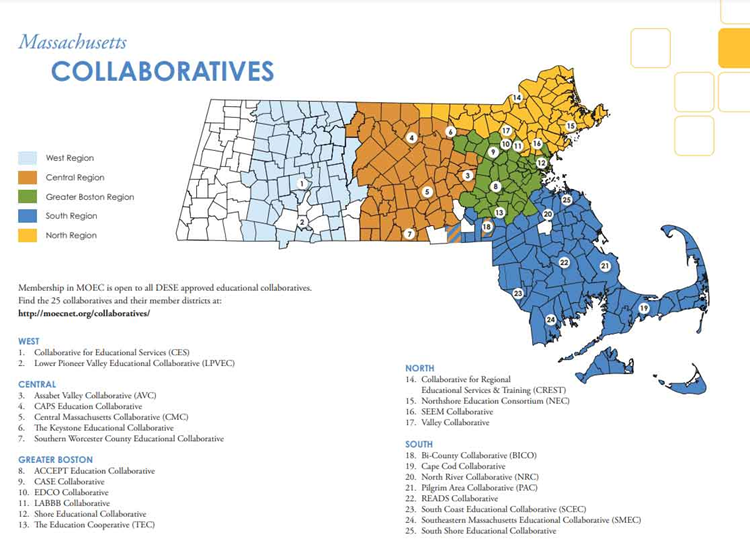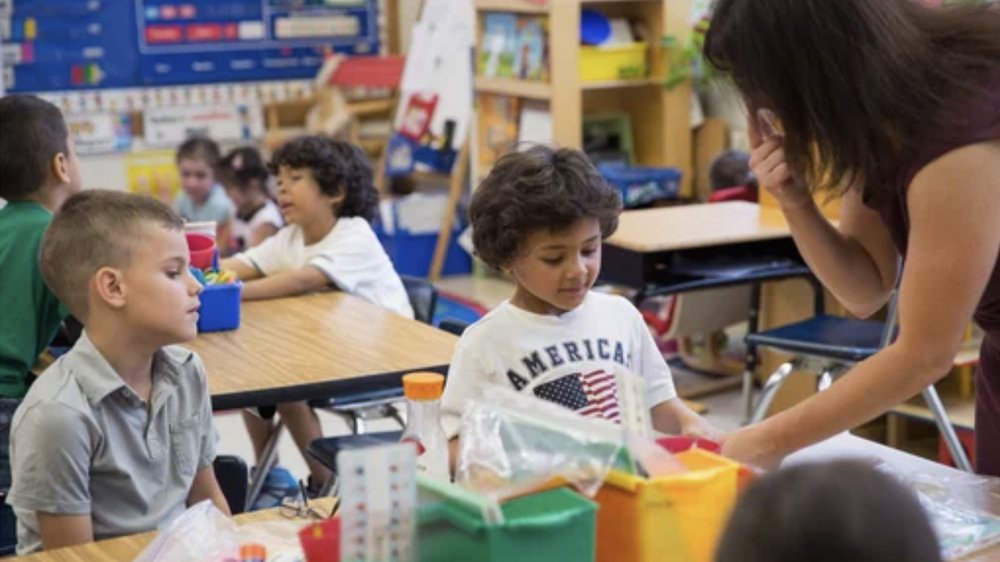With millions in federal dollars, Oregon schools plan to address unfinished learning – By Elizabeth Miller, Oregon Public Broadcasting
It’s been one year since President Joe Biden signed the American Rescue Plan, a federal funding package that included $1.1 billion for Oregon schools.
It wasn’t the first funding opportunity for schools in the two years since the COVID-19 pandemic first started, but it’s been the largest funding source so far and is the first with spending requirements squarely aimed at helping students recover the ground they lost academically during the pandemic.
“The level of funding…has been pretty unprecedented in terms of an opportunity, and yet, the situation that we’re in, with the COVID crisis and really with just some deep inequalities in our schools is also unprecedented,” said statewide nonprofit Foundations for a Better Oregon executive director Whitney Grubbs.
Districts spent funds from earlier rounds of the Elementary and Secondary School Emergency Relief Fund, on masks, or laptops and hotspots for distance learning. Those funding streams are known by policymakers as ESSER I and II. With the American Rescue Plan or ESSER III funds, education leaders face a deadline of September 2024 to spend the available federal money, while directing at least 20% of it on addressing learning loss “through the implementation of evidence-based interventions.”

Record $8.3 billion education budget, teacher pay raises headed to Alabama Gov. Kay Ivey’s desk – By Tricia Powell Crain, Alabama.com
Alabama lawmakers gave final approval to a record $8.3 billion education budget Wednesday, an increase of 7% or $589 million over the current year’s budget.
With record revenues, much of the new spending for K-12 schools will be put into historic pay raises for teachers and improving instruction in the early grades.
Under the new budget which starts Oct. 1, teachers with less than nine years of experience will see a 4% increase in pay, and teachers with nine years or more will see pay raises of 5% to 21%, with higher percentages for those with more years of experience. It will be the fourth pay raise teachers have received in the past five years.
In addition to approving teacher pay raises, lawmakers expanded the statewide minimum salary schedule, guaranteeing teachers a 1% increase in pay for each additional year they work beyond nine.

Bill seeks to solve school staffing shortages brought on by pandemic – By Isabel Tehan, Metro West Daily News
A nurse employed by one school district is currently not allowed to enter into a contract with an educational collaborative to work with the same students during the summer. But a bill to change that has won initial approval in the Massachusetts House.
The measure has the potential to ease staffing issues in public schools that were exacerbated by the pandemic, according to supporters. Collaboratives are paid for by the same dollars that fund public schools, but they aim to stretch those dollars further by utilizing staff across several districts.
Massachusetts has 25 educational collaboratives throughout the state, some of which have been operating for nearly four decades. They allow resources to be shared across districts, with the goal of minimizing the burden on taxpayers and addressing staffing issues while implementing programming.
“The core mission of educational collaboratives is to expand district capacity by providing programs for students with some of the highest needs across the state,” said Joanne Haley-Sullivan, executive director of the Massachusetts Organization of Educational Collaboratives.
Current ethics law that prohibits employees from working in two school districts at the same time also applies to working at a collaborative, even if the work would not interrupt district obligations, according to Haley-Sullivan.

School counselors in S.D. playing larger role amid student mental health crisis – By Stu Whitney, South Dakota News Watch
Sara Holmberg’s job as a counselor at Dell Rapids Middle School has never been more challenging.
As fallout from the pandemic creates what the U.S. Surgeon General calls a “youth mental health crisis,” school counselors like Holmberg find themselves providing not just academic and vocational guidance, but emotional support to students and families. Forging that many personal connections is difficult, so schools are exploring ways to supplement traditional counseling with professional partnerships to make sure teens get the attention they need.
Holmberg, 38, is one of three counselors in the Dell Rapids School District, which has 985 students. Now in her fourth year at the school, she is the only counselor serving the middle school, with an enrollment of about 300. She knows there is no way she can provide effective one-on-one guidance for every child, especially as more students and families continue to struggle with academic and financial setbacks from COVID-19.
According to the South Dakota Department of Education, nearly 90 percent of accredited schools in the state held in-person classes during the 2020-21 school year, alleviating some of the loss of structure from when schools went to remote learning for nearly three months starting in March 2020, when coronavirus first hit the state.
And yet, many students continue to suffer emotional problems. Nationally, 37 percent of high school students reported they experienced poor mental health during the pandemic. according to a Centers for Disease Control and Prevention survey released March 31, while 44 percent reported they felt sad or hopeless during the past year.












